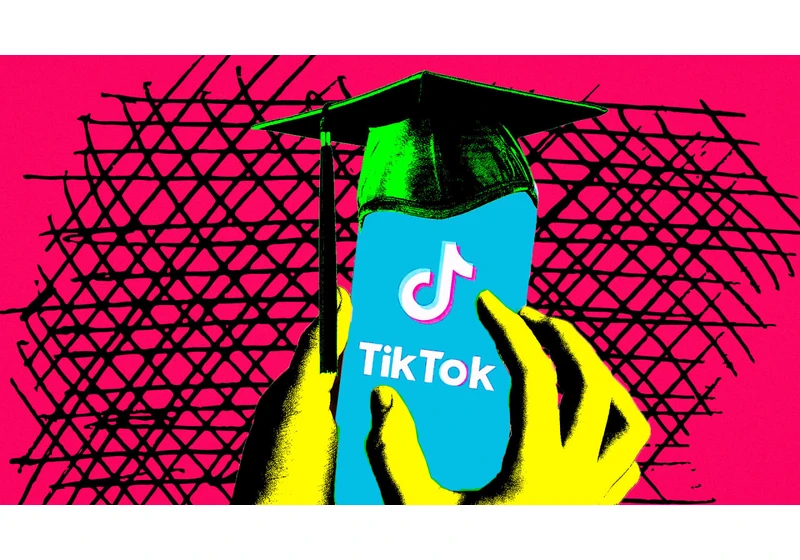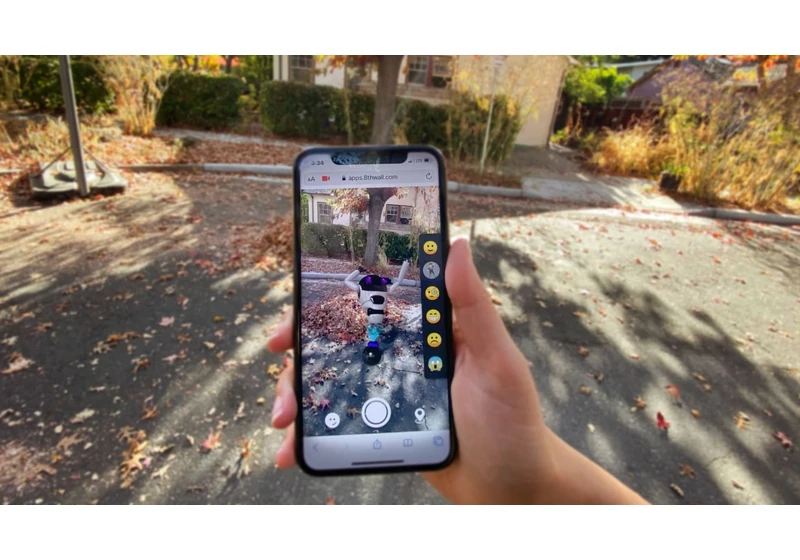
A new report from Harvard researchers finds that TikTok remains a rich source of misinformation and disinformation about Ukraine—and explains why it spreads so easily. The same tools and features that have brought the funny (and sometimes the genius) out of regular people on TikTok can also be used to manipulate content to spread misinformation at scale, the research suggests. The report, called “TikTok, The War on Ukraine, and 10 Features That Make the App Vulnerable to Misinforma

So far, more than 2 million Ukrainians have fled their country in just two weeks. Among several companies offering assistance to Ukrainians is a gay dating app based in Germany and the Netherlands called Romeo. Romeo, which is similar to Grindr with its geo-location-based grid of users, created a group called “Shelter For Ukraine,” where users can offer LGBTQ-friendly shelter for displaced Ukrainians. The Russian invasion has been particularly scary for Ukraine’s LGBTQ

Zoom fatigue is overwhelming for a lot of people these days. And meetings in the metaverse, so far, have seemed more like playing a reheated version of Second Life. But the use of holograms could make remote meetings a lot more interesting in the years to come. At this year’s South by Southwest conference, a startup founded by an AI researcher and a veteran of Ubisoft, is looking to bring the technology a step closer to the mainstream. Matsuko, a finalist in this year’s Extended Re

My kids were 6 and 9 in the spring of 2020. They showed up for Zoom classes after the public schools closed and went remote in mid-March, but they seemed only moderately engaged. The classes, somehow, felt both too short (for me) and too long (for them). And yet, the promise of summer was not something to anticipate with excitement. Playgrounds were chained, public pools were closed, summer camps shut down, and families weren’t socializing, even outside. I knew we’d need something

Photographer Jennifer Buhl, who got her start as a member of the paparazzi in Los Angeles, has been taking headshots since 2015, when she founded Happy Hour Headshots in Denver. She and her team of photographers, now based in over half a dozen cities, meet clients at coffee shops, conduct their shoots right outside, and then return to the coffee shop to review the images. “Your first impression is typically online these days,” Buhl says. “People want a good first impression,

A deal between two little-known companies—at least, to the public—could bring to the market something that health experts have for years considered the holy grail of wellness: glucose-monitoring capabilities on wearable tech. Rockley Photonics, the California-based maker of the biosensors used in Apple devices, announced Thursday a partnership with Medtronic, a medical-device manufacturer headquartered in Minnesota, to scale a health wearable that can detect a bevy of health metric

Kid Fury may be 14 years’ deep in the content creator game—he started out giving his sardonic, unfiltered opinions on his former YouTube series Furious Thoughts and now does a version of the same thing as one half of the popular comedy podcast The Read—but make no mistake: He’s not pressed about jumping on trends. “The TikTok generation is killing me, girl,” Kid Fury says. “These backgrounds and this audio and all these things—I don’

“The interesting thing about television is that it always seems to shoot for the lowest common denominator.” That’s a wonderfully acidic takedown—just the kind of thing you might expect Steve Jobs to say. What makes it particularly noteworthy is that he’s saying it to ABC News reporter Bob Brown in February 1981, in footage never meant for public consumption. The 25-year-old Jobs was snarking about Brown’s profession as the two got ready for an interview

Editor’s Note: This article is part of Fast Company Spark, a new initiative for middle and high school readers. The first TikTok on Gohar Khan’s (@goharsguide) account looks a lot like other videos users scroll past on their For You Pages: a 20-something, talking into their front-facing camera with YouTube-like jump cuts. The post–which garnered 21,700 views, 1,939 likes, and 27 comments–was the first of two videos breaking down how Khan got into the Massachusetts Ins

The augmented reality game developer Niantic announced on Thursday that it has agreed to buy a company, well known within augmented reality circles, called 8th Wall, which has developed a way for users to view AR experiences on mobile devices without the need to open an app. Niantic says the 8th Wall technology will become one of the tools it offers to developers in its Lightship development platform. Developers use Lightship to create games and other experiences on top of the same platform Nian


